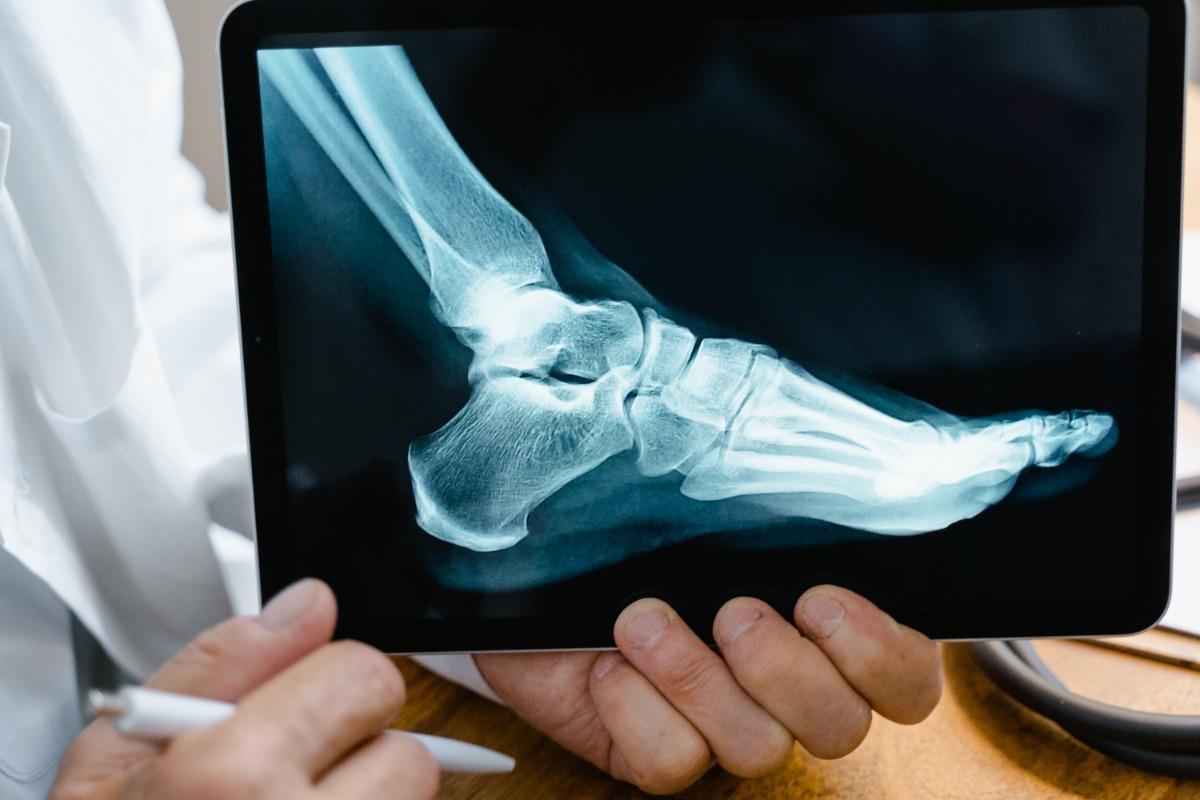What are the Types of Foot Orthotics?
posted: Aug. 04, 2022.

What are the Types of Foot Orthotics?
What are Foot Orthotics?
Foot orthotics are custom-designed foot support devices that podiatrists prescribe as a conservative treatment for multiple types of foot and ankle conditions. An example of orthotics is arch supports, which offer a terrific way of understanding orthotics.
Arch supports provide foot support, making running, walking, and standing more comfortable. In the same way, other orthotics bolster the foot and ankle structures, providing additional support and steadying the foot for better posture and foot mechanics when walking, standing, or running.
Types of Orthotics
Foot orthotics fall under three broad categories: rigid, semi-rigid, and soft orthotics. Each is differentiated by the type of material used and the function.
They each treat a different type of foot condition, as described below, providing foot specialists with a wide array of options when offering effective treatment.
Rigid Orthotics
Rigid orthotics primarily restrict motion between major foot joints. For instance, they can immobilize the joint just below the ankle, keeping the foot in position for the duration of the treatment.
Tough materials are used when making rigid orthotics, making such devices durable, hard to change shape, and difficult to break without specialized tools.
In summary, rigid orthotics have the following features:
- Their rigid structure controls joint movement
- Plastics or carbon fiber are used to ensure the device is solid and durable
- Can be made to the exact shoe size specifications that the patient wears
- May extend through the entire shoe length, supporting the whole foot and joint.
Semi-rigid Orthotics
Semi-rigid orthotic devices provide dynamic foot and joint support without restricting motion. For example, they can support an athlete’s ankle while they play, giving balance and movement without reducing the range of motion.
Unlike rigid orthotics, semi-rigid orthotics support joints, muscles, and tendons by keeping them in place.
In summary, semi-rigid orthotics have the following features:
- Offer dynamic balance and support without restricting movement
- Made of layers of soft and stretchable materials with reinforcements of rigid materials
- Designed and manufactured with the specific sport/movement in mind to ensure retention of the full range of motion
Soft Orthotics
Soft orthotics absorb pressure and shock when walking, standing, jumping, or running. They increase balance, reduce the force on the foot and joints and reduce the overall impact on the foot structures.
Soft orthotics in sports are crucial to increasing endurance due to less discomfort and a reduction in post-game soreness.
In summary, soft orthotics have the following features:
- Absorb shock, reduce and relieve pressure and increase balance and endurance
- They are made of soft, compressible materials
- Require additional shoe space for installation
- Cover the entirety of the foot, from heel to toe tips, offering full sole support.
Other Types of Orthotics
Orthotics for children, bracing, and specialty sports orthotics conclude the types of orthotics available.
Depending on your peculiar requirements, your podiatrist will recommend one or a combination of the several types of orthotics listed above.
Talk to your podiatrist today to discuss which one is best for you.